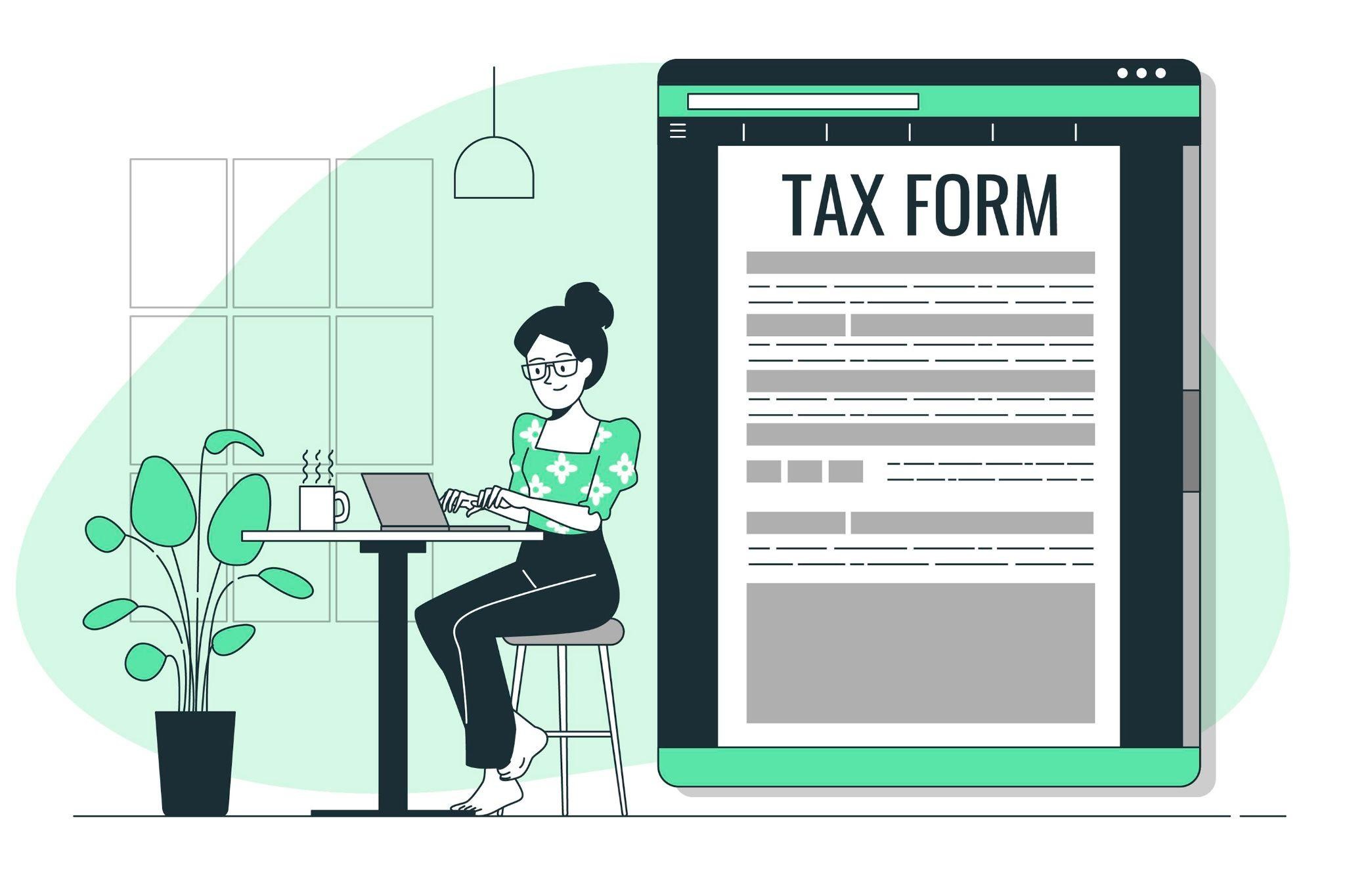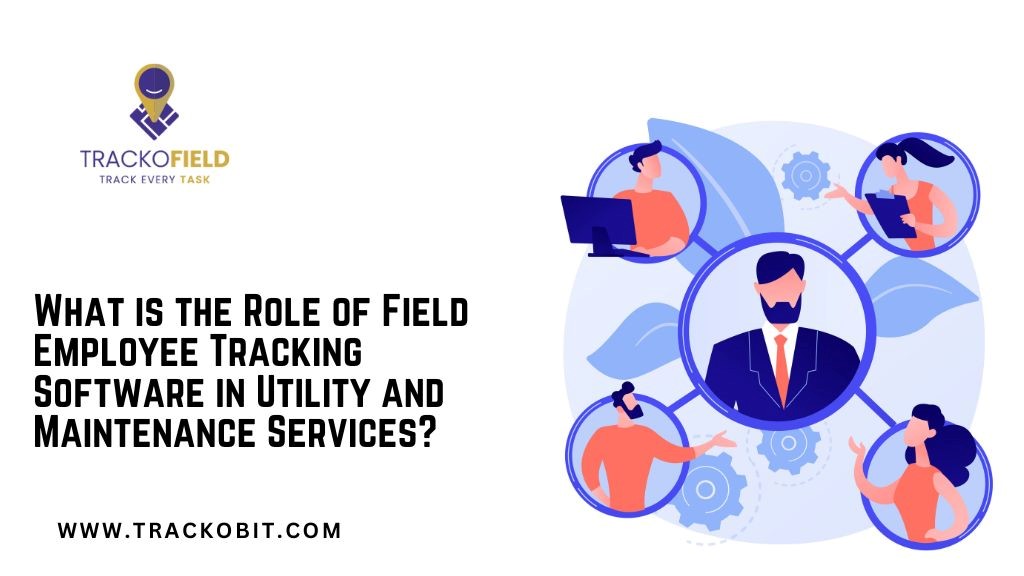
The income tax e-filing process has undergone significant changes and updates for the latest filing season. These changes aim to simplify the process, reduce errors, and enhance the overall user experience. In this article, we will discuss the key updates and changes that taxpayers need to be aware of to ensure a smooth filing experience.
New Features and Enhancements
The income tax e-filing portal has been revamped with an improved user interface, making it easier for taxpayers to navigate and complete their returns. The portal now includes automated validation checks to identify and correct errors in the return, reducing the likelihood of rejection. Taxpayers can now easily access their previous returns and view their filing history, making it simpler to track changes and updates.
The portal's search functionality has been enhanced to help taxpayers quickly locate specific information and forms. Taxpayers can now search for specific forms, such as Form 16 and Form 26AS, and access them easily. The portal also includes a new feature that allows taxpayers to view their tax credits and deductions in a single place, making it easier to track and claim them.
Changes in Filing Deadlines
The deadline for filing income tax returns has been extended to [insert date]. This provides taxpayers with additional time to complete and submit their returns. The deadline for paying taxes has also been extended to [insert date]. This allows taxpayers to make timely payments without incurring penalties.
Requirements and Eligibility
Taxpayers must meet certain eligibility criteria to be eligible for e-filing. The income tax e-filing portal now has new eligibility criteria for taxpayers. Taxpayers must provide specific documents, such as Form 16 and Form 26AS, to support their income and deductions.
Taxpayers must also obtain a digital signature to authenticate their returns. The digital signature is a secure way to verify the identity of the taxpayer and ensure the authenticity of the return.
Tips for a Smooth Filing Experience
To ensure a smooth filing experience, taxpayers should plan ahead and start preparing their return well in advance. Taxpayers should also verify their information, including income, deductions, and credits, to ensure accuracy.
Taxpayers should use the right software or e-filing portal to ensure compatibility and ease of use. If needed, taxpayers should seek professional help from a tax professional or accountant to ensure compliance with tax laws and regulations.
Conclusion
The income tax e-filing process has undergone significant changes and updates for the latest filing season. Taxpayers must be aware of these changes to ensure a smooth filing experience. By understanding the new features, deadlines, and requirements, taxpayers can avoid errors and penalties, and ensure timely compliance with tax laws and regulations.
In conclusion, the income tax e-filing process is an important part of the tax filing process. Taxpayers must be aware of the changes and updates to ensure a smooth filing experience. By following the tips and guidelines outlined in this article, taxpayers can ensure a successful and stress-free filing experience.



